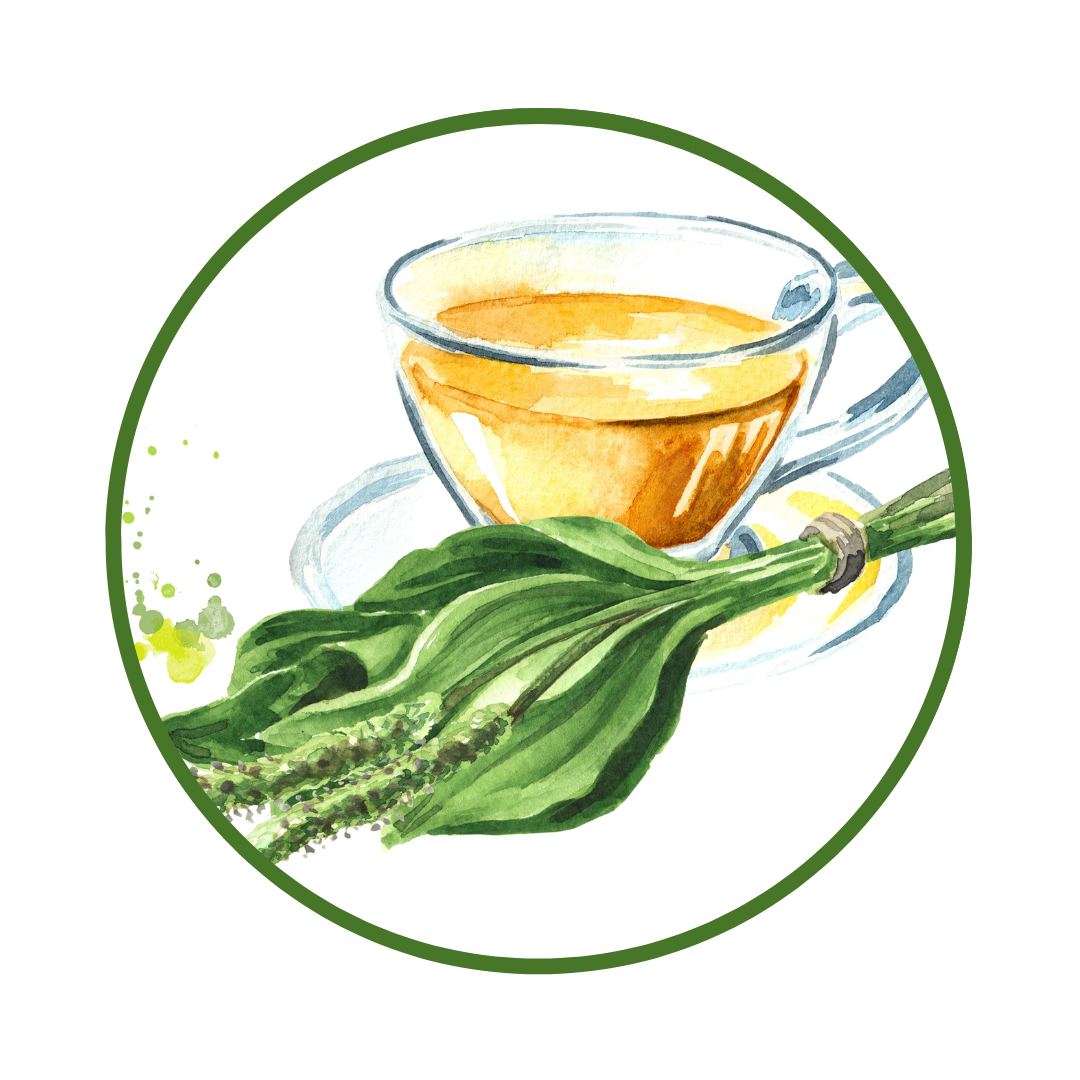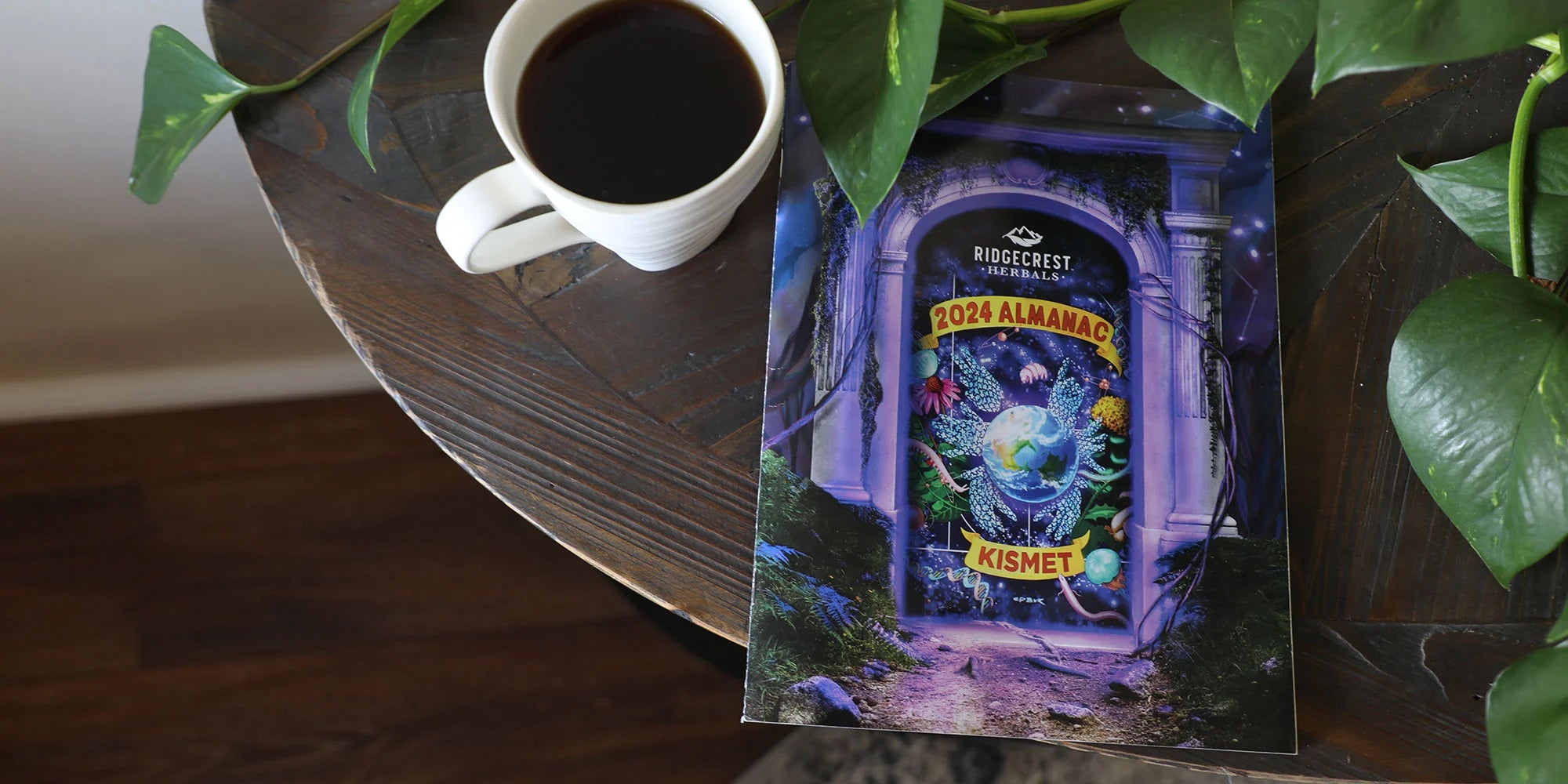Since the time of Hippocrates of Kos (circa 460-370 BCE, or Before Common Era), one of the first precepts of physicians has been “First, do no harm.” Many medical treatments involve risk, and the physician’s job is always, first, and foremost, to minimize that risk. Would you go to a surgeon who doesn’t sterilize his instruments before surgery? Of course not. Yet most patients, and many doctors, do not really understand or appreciate the risks and tradeoffs of the drugs they use.
In America, we are obsessed with what we perceive to be the “best.” We treat professional sports as a religion. We argue about the GOAT (aka “Greatest Of All Time”) as if Babe Ruth and Hank Aaron (or Willie Mays) were about to play a baseball game together and settle the argument.
But does it really matter which wrench is the “best” in the toolbox? In real life, smart professionals use a variety of tools to get any job done safely and well. And they don’t buy their tools by the pound, like it’s gravel or nails.
Fig. A: https://toxedfoundation.org/basics-of-dose-response/ drawing #2
Modern pharmacology, especially for over-the-counter mass-market medicines, is built on the concept of the population-based dose-response (PBDR) curve, which looks something like Fig. A. There are a few very important things to notice about this curve:
- In this model, the effect (on the vertical axis) is measured as a percentage of the population. The dose that helps 50% of the population is halfway up the graph (and exactly what help means is a separate subject). <BINARY PBDR CURVES>
- A medicine that helps 90% of the population sells twice as fast as one that helps 45%. Bigger doses mean more customers and more money.
- The curve slopes up right, meaning more medicine causes a larger effect.
- The curve is steepest in the middle, and flattest near the top, showing diminishing returns with ever-increasing doses. It takes a lot more medicine to get from 90% to 95% than it takes to get from 45% to 50%.
- The scale is often logarithmic, where each horizontal grid mark is 10 times the prior one. When we say “more,” we may actually mean 10-50 times more medicine.
There’s a very important consideration that you don’t see in a PBDR curve—the side effects, which increase with dosage. With higher doses, side effects are both 1) more frequent and 2) more severe. Unfortunately, you can’t pick up one end of the stick (the effect you want) without picking up the other end of the stick (the effects you don’t). They come together—and especially when high doses are involved.
There’s another consideration you don’t see. As the response increases, the “signal-to-noise ratio” (SNR) increases. That means that, statistically, it’s much easier to measure, plot, and analyze the data near the top of the curve, rather than lower down. This means that it is much easier to show “efficacy” at the 95% level than it is at the 50% level or lower. That doesn’t mean the medicine has no effect at those levels—in fact, there is much more reliable scientific evidence that it does have an effect (as indicated by the curve) than otherwise. But if you define “effective” the wrong way, or apply a bad standard of proof, then you trade safety away just to guarantee efficacy—and that’s usually a fool’s bargain.
In western science, we assume there is one “best” treatment for every disease (it makes science and math easier, for example.) This is only an assumption—kind of like assuming there is such a thing as the “Greatest Of All Time.” At the pioneering edges of modern medicine, especially in cases like cancer, drug-resistant disease, and kidney or liver failure, the one-target, one-treatment, or “silver bullet” drug model is only now starting to be questioned by doctors who treat those who are most at risk from the current model. Drugs like the “AIDS cocktail” seem to be both safer, and more effective, using smaller dosages, than one drug alone.
In Traditional Chinese medicine (TCM), the “silver bullet” model was never a thing. In fact, TCM doctors say the best reason to use only one drug is in case of an emergency—if you can’t get the formula you really need, for example. Combination formulas are the rule, not the exception—and there are over 10,000 formulas to choose from. Although TCM literature is very clear that doctors can use less dosage in a combination than they would for a single herb, they don’t seem to explain exactly why.
In the first part of the 20th century, the American Eclectic schools of herbal medicine were split right down the middle on this. Some wanted to follow the “silver bullet” approach that was popular with other scientists of their day. Others favored a more complex and traditional approach. The argument divided them. As a result, they were steamrolled by the rising conventional medical establishment. By 1939, the last Eclectic herbal medical school (in Cincinnati, OH) closed its doors. Alternative medicine was dead—there was no longer any legal alternative to government-approved, conventional medicine.
Today, the conventional-medicine monopoly has run its course. Americans are tired of dangerous and ineffective “approved” drugs. It amounts to relatively few choices, high development times and costs, astronomical drug prices, abandoned “orphan” drugs that are no longer available, and rare diseases that can’t be treated, as the cost to do so is prohibitive. Is this really the best that modern medicine can offer? Can’t we try more traditional methods that have worked for thousands of years? They realize intuitively that there is something seriously broken in traditional medicine, in health care insurance, and in drug companies. They aren’t sure what it is, or what to do about it.
Today, several American herbal companies are once again raising the flag of Eclectic herbalism—RidgeCrest Herbals is only one of them. Our unique method of Portfolio formulation® includes several traditional and modern techniques designed to get better results from smaller and fewer capsules. After all, herbal remedies are tools—not nails.



